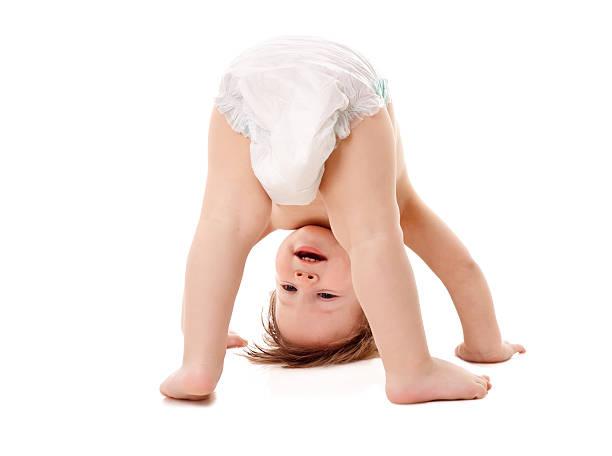
Analysis of Diaper
Analysis of Diaper
Contents
Diapers are a critical product for the health and comfort of babies. Therefore, quality control and safety tests are very important throughout the production process. Analyzes of diapers can be divided into the following categories:
1. *Physical and Mechanical Tests:*
- *Absorption Capacity:* It measures how much liquid the cloth can absorb.
- *Moisture Backdistribution:* Determines how much moisture the cloth gives back to the skin.
- *Strength Test:* Tests the breaking or tearing strength of the cloth.
- *Thickness Measurement:* Measures how thin or thick the cloth is.
2. *Chemical Analysis:*
- * Determination of pH Value:* It checks whether the pH value of the diaper is in a safe range for the skin of babies.
- *Toxic Substance Detection:* Determines whether potentially harmful substances (eg formaldehyde, phthalates, pesticide residues) have been detected in diapers.
- *Allergen and Irritant Analysis:* Checks whether there are potential allergens or irritants in the cloth.
3. *Microbiological Tests:*
- *Bacterial and Fungal Contamination:* Determines whether the cloth is contaminated with any microorganism.
- *Antimicrobial Activity:* If the cloth has been treated with antimicrobial agents, the effectiveness of these agents is tested.
4. *Sensory and Usage Tests:*
- *Sensory Evaluation:* Evaluates the sensory properties of the cloth such as texture, odor and comfort.
- *Real Use Tests:* Evaluates the performance and comfort of the diaper under real use conditions.
5. *Other Tests:*
- *Air Permeability:* Measures how breathable the cloth is.
- *Leakage Test:* Tests how resistant the cloth is to leakage.
Diapers are often subject to very strict standards and regulations because they come in direct contact with babies' skin. Therefore, manufacturers should have these tests done regularly and act in accordance with the results.

